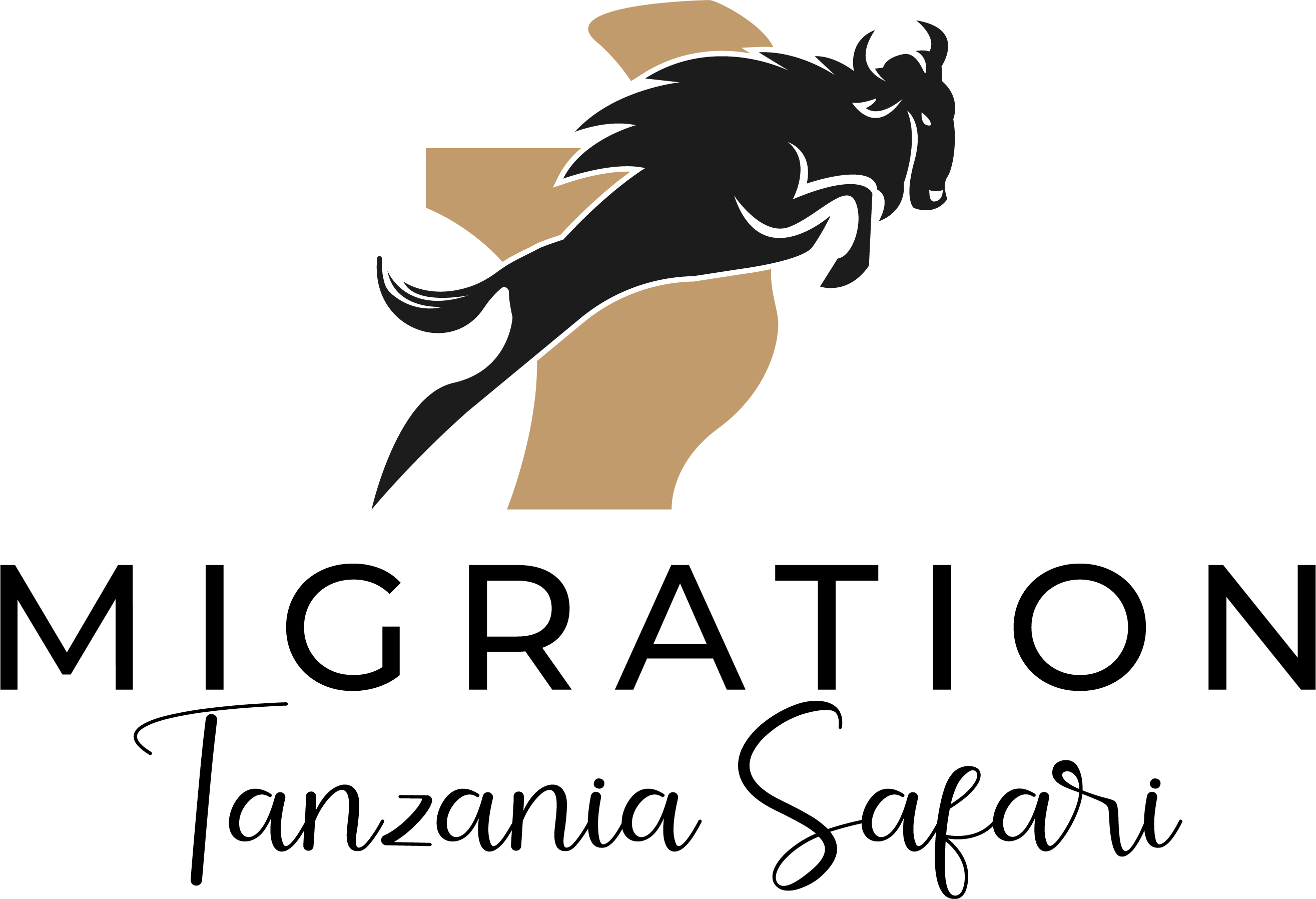Practical advice
“The Big Five” – just the sound of the name is magical. Our five days takes in Lake Manyara, a magical wildlife destination, the Serengeti (of course!) and spectacular Ngorongoro Crater. This really is the very best of Tanzania’s Northern Circuit. A truly magnificent safari adventure, enjoyed in your own private vehicle; just five days, but a lifetime of memories
Information
Destination: Manyara, Ngorongoro and Serengeti
Duration: 5 days
Practical advice!:1
The migration is quite unique in that it is a perpetual phenomenon without beginning or end. It is universally regarded as one of the greatest wildlife spectacles on earth …
The sound alone is deafeningly impressive. It is, however, often very difficult to appreciate the scope and sheer size of the migration because, without a bird’s eye view of proceedings, it is difficult to comprehend the sprawling scale of the wildebeest numbers. A sunrise hot air balloon ride is the ideal way to appreciate the huge herds and long columns of plodding animals. Standing atop a rocky kopje is another recommended way to gain some perspective to better appreciate the sheer number of animals involved. While most safari goers target the June-July period for the western corridor and Grumeti River crossings, as well as the July-October period for Lamai and the Mara River crossings, there is a strong argument for waiting for the less popular rainy season months to view the wildebeest in the southern plains when they give birth to half a million calves over a three week period – usually in February.
Practical advice: 2
Practical advice!
Although it is officially part of Tanzania, Zanzibar is in almost all aspects – politics, religion, culture and food – very different …
Developed originally as a base for traders from the African lakes region, India and Arabia, Zanzibar became a hub for the region’s slave and spice trades. Consequently, most Zanzibaris consider themselves Zanzibari rather than Tanzanian, and their territory has its own leader and governing bodies. While mainland Tanzania is a mix of Muslim, Christian and various indigenous groups, Zanzibar (which the Sultanate of Oman ruled for centuries) is almost entirely Muslim. Despite being overwhelmingly Muslim, conservative casual wear is generally acceptable dress everywhere, but revealing clothes should be avoided since they may cause offence – particularly in towns and villages in the coastal areas where there is a very strong Muslim influence. In Zanzibar specifically, you will need to cover your knees and shoulders when outside of the hotel and beach resort areas. It is also worth recognizing that while thunderstorms and rain showers can introduce an exciting element to a wildlife safari, heavy rainfall doesn’t tend to enhance a beach holiday! As such, it’s a good idea to try and make sure you visit Zanzibar or any of the other Indian Ocean islands during the drier months from June to October and December to February to ensure the optimal island and beach experience.
Practical advice: 3
Around 50,000 intrepid travellers climb Kilimanjaro every year. There are no accurate figures on how many of those climbers actually successfully reach the summit …
but an overall success rate of around 75% is realistic (despite the fact that almost every climbing company claims 97% of their clients reach the top!). While Kilimanjaro is relatively straightforward to climb that does not meant it should be underestimated and there are usually around six or seven deaths each year. In order to climb Kilimanjaro you need to be at least ten years old, while the oldest summiteer to date conquered the mountain at the ripe old age of 88 years! A typical trek to the summit of Kilimanjaro takes between six and eight days with five days being the legal minimum. It is well worth adding an extra couple of trekking days to acclimatize adequately and to appreciate the views and scenery; your climbing experience will be so much more enjoyable for it. Kilimanjaro can be climbed via six ‘official’ routes as well as a number of combinations and permutations of those routes. The six trails (running anti-clockwise, beginning with the north-western most trail) are: the seldom-used Shira Route, forested Lemosho Route, Machame Route, Umbwe Route, Marangu Route, and the Rongai (or Loitokitok) Route that approaches Kili from the north-east. For those aspiring mountaineers whose sole purpose of climbing Kilimanjaro is to get to the summit, the Lemosho, Machame and Rongai routes are statistically the best bets. On the other hand, those wanting to dodge the crowds should look at Lemosho and Umbwe routes (ignoring alternative or ‘unofficial’ routes). While for a standard, no-frills and more affordable climb, the Machame, Marangu and Umbwe routes will be your best bet. And if you don’t want to stay in tents, then Marangu is the only option with its basic huts.

OUR CORE VALUES
- ⦁ Environment Friendly & Result Focus 80%
- ⦁ Respect & Volunteerism 90%
- ⦁ commitment & Innovation 90%
